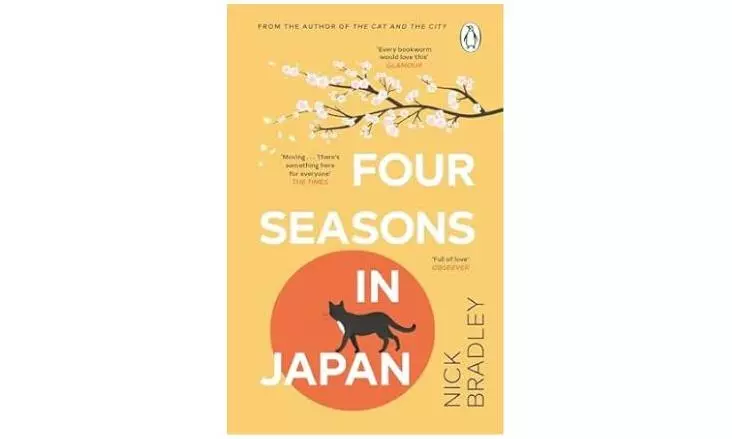The future is uncertain, but water management agreements in the Colorado River basin expire in 2026, and new agreements require new solutions.
To find these solutions, decision makers must run simulation models to evaluate alternative management options. They are studying the impacts of drought and declining streamflow due to climate change, and trying to understand the availability and variability of future water resources in the basin. To run these models, they need water flow data that reflect the uncertain future.
Homa Salehabadi, a doctoral student at the Utah Water Research Laboratory, worked on a project funded by the U.S. Bureau of Reclamation and developed a structured framework for evaluating water runoff data to develop management options beyond 2026.
Planning and operational models such as those used in the Colorado River basin require as inputs so-called flow ensembles – sets of data over a specific period of time.
“There is currently no consensus on the best representation of future hydrological conditions and therefore there is no single, optimal ensemble of water flows,” said Salehabadi.
Ensembles based on historical data may be insufficient for the future as the climate changes. Ensembles based on climate models produce a wide range of projections for the future, indicating uncertainties in the models.
Under the guidance of David Tarboton, Salehabadi therefore developed storylines or assumptions that describe plausible future conditions on the Colorado River and looked for ensembles that fit these storylines.
The storyline approach is a way to organize all ensemble data for decision-making and will help Colorado River basin leaders plan for plausible but uncertain future changes.
Salehabadi assembled a comprehensive set of statistical metrics to evaluate each possible ensemble and quantify the differences between ensembles, looking for ensembles with features that fit the storyline, such as persistent drought conditions.
Salehabadi developed four storylines for her project, but couldn’t find a suitable ensemble for one of them. So she and Tarboton took a new approach.
She mixed historical information with paleoreconstructed data and combined these with estimates of future streamflow declines to create the recipe for a new ensemble that represented warming-induced decreasing streamflow in the future with increasing variability.
“We created a new ensemble by taking into account future changes and nonstationarity together with the extensive information from historical and paleoreconstructed streamflow data,” said Salehabadi.
Salehabadi’s work, available on HydroShare, is used by the Bureau of Reclamation as input to planning models. They also use the metrics she developed to evaluate the other data available to them.
Salehabadi hopes her work can help decision makers in the basin find the best alternative management for the uncertain future.
“Hopefully together we can find a way to sustainably manage and preserve this beautiful river,” she said.
For more information on Salehabadi’s work, click here.




